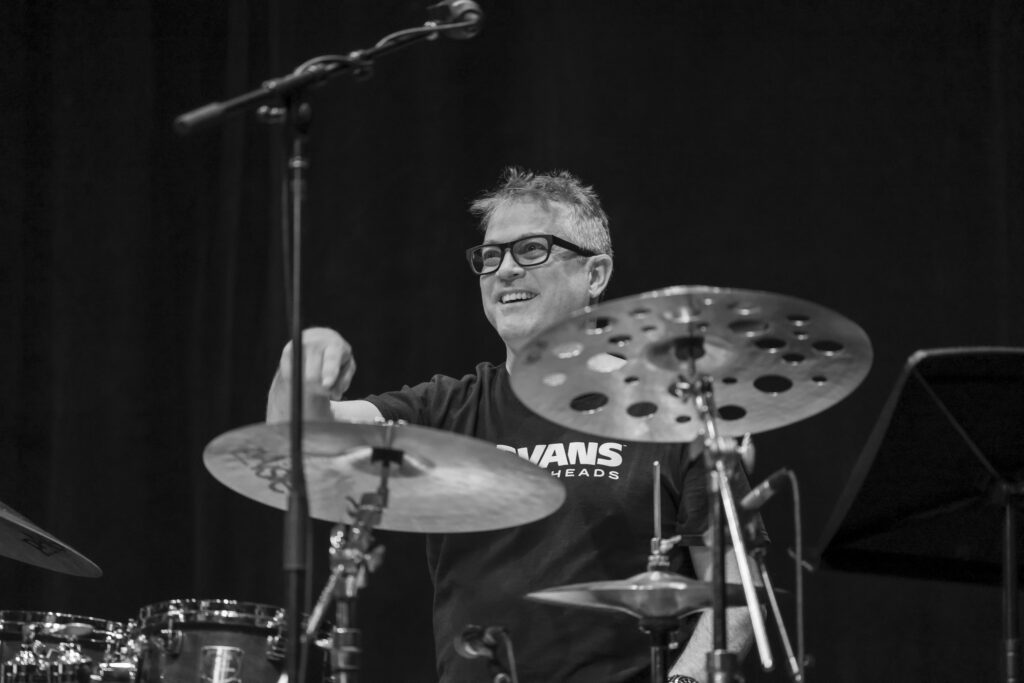

The New AEA N13 and the Rise of the Modern Ribbon Microphone
AEA loves ribbon microphones for the same reason musicians, engineers, and producers cherish them: their ability to capture sound in a way that feels true to life. With a smoothness and warmth unlike any other microphone type, they’ve played a vital role in shaping the sound of recorded music for nearly a century. But while their legacy is undeniable, the ribbon microphone is far from a relic of the past – today, it’s experiencing a renaissance fueled by improved technology, creating a boom in modern ribbon mic designs. The AEA NUVO series is at the forefront of this movement, and our new N13 mid-field model ensures a NUVO for every application.
Here, we want to give you an up-close look at the N13 while investigating ribbon microphone technology’s past, present, and future.
A Look Back: The Golden Age of Ribbons
As you may already know, the ribbon microphone’s story begins in the early days of radio and recording. Engineers needed microphones that faithfully reproduced the human voice and the full range of musical instruments. The early ribbons, developed in the 1930s, struck the perfect balance. American manufacturers like RCA led the way with iconic models such as the iconic 44BX. They became essential tools in the golden age of radio and recording, earning their legendary status in broadcasting and on countless classic jazz, blues, and big band recordings. Their warm, smooth character remains a favorite for just about everything, especially vocals. Despite the rise of condenser microphones in the 1950s and beyond, ribbon mics retained a loyal following. Their unique natural sound ensured they still had a place in the modern studio,
adding a touch of vintage magic to everything they touched.

Modern Ribbon Microphones: Breaking Barriers
While ribbons rightfully earned their reputation for rich tone, they weren’t without their limitations. Older designs could be structurally delicate and didn’t offer the brightness of condensers. Many of the same qualities that we all love were also their shortcomings. Thankfully, ribbon mic technology has grown and evolved with the rest of the industry, spearheading the modern ribbon mic movement we enjoy today. A new generation of ribbon mics has taken over studios and stages worldwide thanks to refined existing designs, employing new materials, and improving manufacturing processes.
The AEA NUVO Series: A New Standard
AEA is driven by a passion for pure, uncompromised sound, and our NUVO series is integral to this evolution. The series reimagines ribbon technology by preserving the classic ribbon character while delivering the increased clarity, durability, and versatility that modern recording demands. Each NUVO microphone features phantom-powered active electronics and a custom-wound transformer, ensuring compatibility with a wide range of preamps. From high-end studio gear to portable USB interfaces, they deliver consistent results. And, of course, they are all handcrafted right here in Pasadena, California. This commitment to quality construction and American audio heritage is at the core of AEA’s mission.

NUVO Series Microphones
The N8:
The N8 is a one-stop shop for translating how your source naturally sounds in your recording environment. Open and airy, this far-field ribbon mic captures room ambiance while revealing the subtle nuance and detail of your source. From orchestral ensembles to expansive drum overheads in a stereo array, the N8 excels at putting listeners in the room with the performance.
The N22:
While the N8 captures your entire environment, the near-field N22 brings ribbon technology up close and personal. Perfect for miking sources inches away, its extended top-end and ability to minimize the boominess of proximity effect removes the need for adding and blending additional mics. With one mic, you can capture a balanced, detailed sound that will sit beautifully in the mix.
Introducing the New AEA N13
The only thing missing from our NUVO series was a mid-field ribbon mic that married the best aspects of the N8 and the N22. The N13 changes that. Perfect for acoustic guitars, strings, and percussion, it lets you capture all of the detail of a performance with the perfect amount of natural ambiance. The N13’s smaller, ultra-thin ribbon also offers a swift transient response and high-frequency detail for giving darker sources a touch of added clarity. The N8 excels at a distance. The N22 is perfect up close. The new AEA N13 ribbon mic is at its best everywhere in between.
AEA and the Ribbon Microphone Renaissance
The AEA N13 and the rest of the NUVO series testify to our unwavering belief in ribbon microphones. They offer a natural, pure sound that stands the test of time, while their innovative design ensures ribbon mics’ prominent place in modern studios and stages. Whether you need the perfect mic for your room, a one-and-done near-field option, or the new N13’s versatility, you’ll find it at AEA.
Experience the future of ribbon microphones and explore the AEA NUVO series today.

